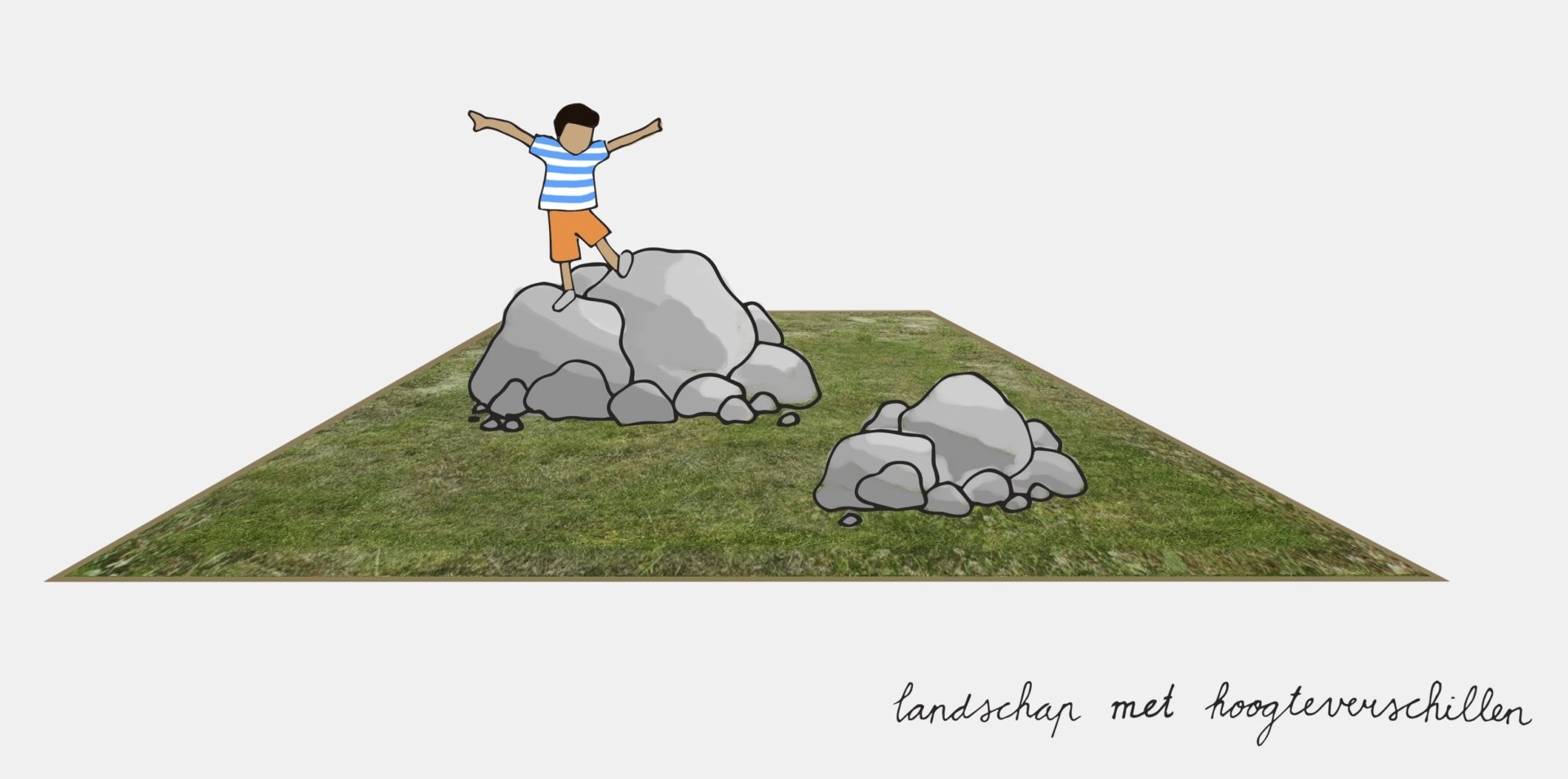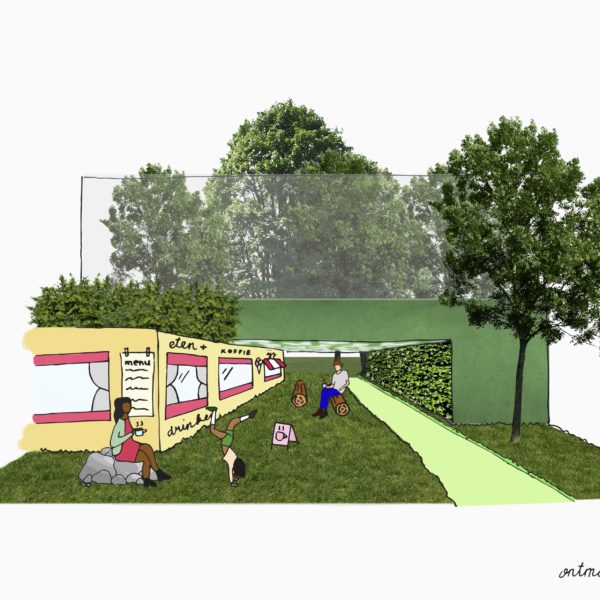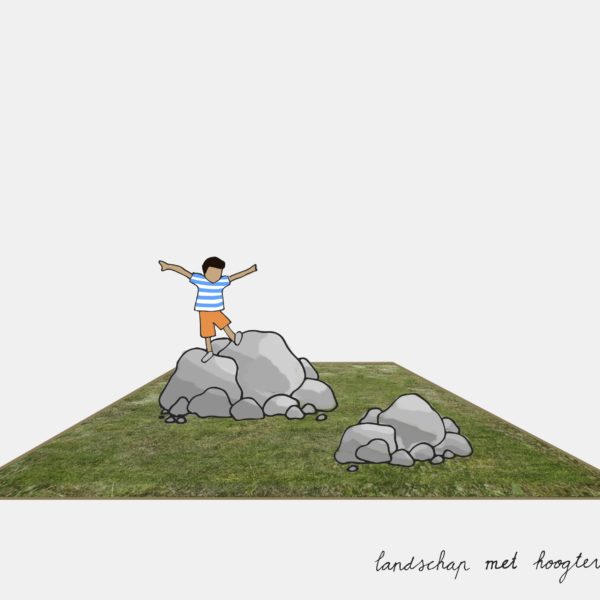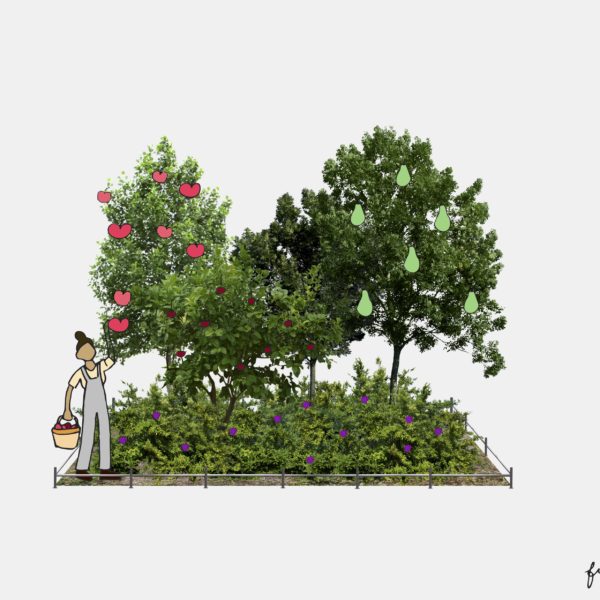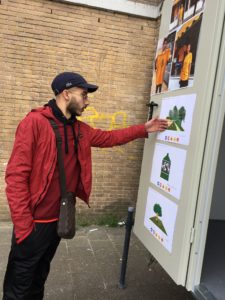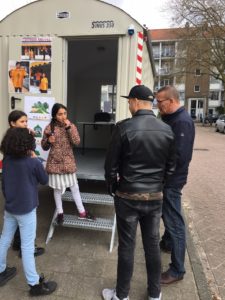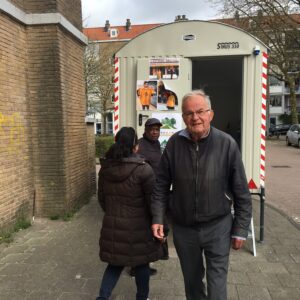Re-Dreaming the Street in Amsterdam Nieuw-West
Locals in Amsterdam’s Nieuw-West Choose for More Green
What would your street look like if you actually had your say? This is the question we posed to residents in and around the Derkinderenstraat in Amsterdam Nieuw-West. The replies varied from ‘a pool in the neighborhood’ to ‘more diversity in shops’ however one reply stuck out above the rest, the call for more ‘green’ around the neighborhood.
The City of Amsterdam commissioned Droog to use its’ Design+Desires research and design methods for the above project aptly titled, ‘Re-Dreaming the Street’. To catch the dreams of residents, we met them in a local snack bar and held a micro workshop to making t-shirts and drawing their dreams about their neighborhood on them. An overwhelming majority of the 100+ people surveyed said the area could be much greener. This is remarkable because Nieuw-West falls under the ‘Westelijke Tuinsteden’ or western suburbs that are considered to be some of the greenest areas in Amsterdam.
A Gap between Urban Planners and Locals
The locals surveyed expressed that as their neighborhood currently looks, they think it’s quite anonymous and rather boring. And in general, that the Derkinderenstraat is gloomy and the tunnel on the Anton Waldorpstraat to the Rembrandt Park is feels unsafe. People see the blind walls, empty alleys, straight edges, concrete, gray stone and dark areas all while longing for mountains, hills, color, play and rest areas and especially more ‘green’. It clearly shows a gap between how urban planners and municipal facilities approach ‘green’ versus how citizens experience ‘green’. People expressed the current ‘green’ as being rather useless and in fact, nobody feels personally responsible for it thus facilitating the fact that it looks deprived.
Resulting from its’ research, Droog proposes to give a different meaning to the concept of green making each green area usable with a transparent function as well as to transform the now experienced as ‘unsafe’ tunnel into a lively passage. Click to find the full report ‘Groener dan Groen‘.
Renny Ramakers, Droog Director: “Residents really do know what they want in their neighborhood however their vision lacks a connection with the vision of the city government. So, a new interpretation could make a larger positive contribution to the welfare and wellbeing of residents.”
A Big Yes for the tunnel as a meeting place
No to kitchen gardens, Yes to fruit trees, Yes to rocks, and a Big Yes for the tunnel becoming a meeting place. This was the feedback of residents in Amsterdam Nieuw-West on our proposals to enhance their living environment. Based on their dreams and desires, we made several proposals and with these proposals in hand we went back to get their reactions.
Kitchen gardens aren’t valued in Derkinderenstraat, because residents think it will block their much valued parking spaces. They are also afraid nobody will take care of it. But fruit trees are very popular amongst them. It’s less maintenance, they can park their cars and gives them a feeling of a healthy and vital life with more color in the street. Residents also love to have rocks on the grass instead of spring riders and seesaws for children. Mothers say that children get bored to soon with these playsets and that rocks appeal more to children’s imagination and fun. Others including elderly people also value the rocks, reminding them of holidays and sometimes of their home country (most of the residents have a Moroccan and Turkish background). The biggest yes is for the proposal to turn the tunnel into vibrant meeting place where various community programs can be held. They think it will positively change the way the neighborhood looks now, and that it can provide a safer and more pleasant passage from and to the park.
Our physical presence in the neighborhood did surprise many residents. Often they are questioned by researchers and organizations about their neighborhood, but never see anything done afterwards. Unfortunately it seems that the municipality of Amsterdam will not implement the much wanted proposals, as the urban planning for this area is fixed. However, in principle our proposals could be applied anywhere. Only condition is that in each location the dreams, needs and values of the local community are central, the very core of the Design+Desires program.
Re-dreaming the Street
Re-Dreaming the Street is the second project in Amsterdam and commissioned by the City of Amsterdam conducted by Droog and OSCity’s research-and-do program Design+Desires. The first project took place in Amsterdam’s Dapperbuurt (end 2016) and focused on the dreams of young people in relation to their work and leisure.

